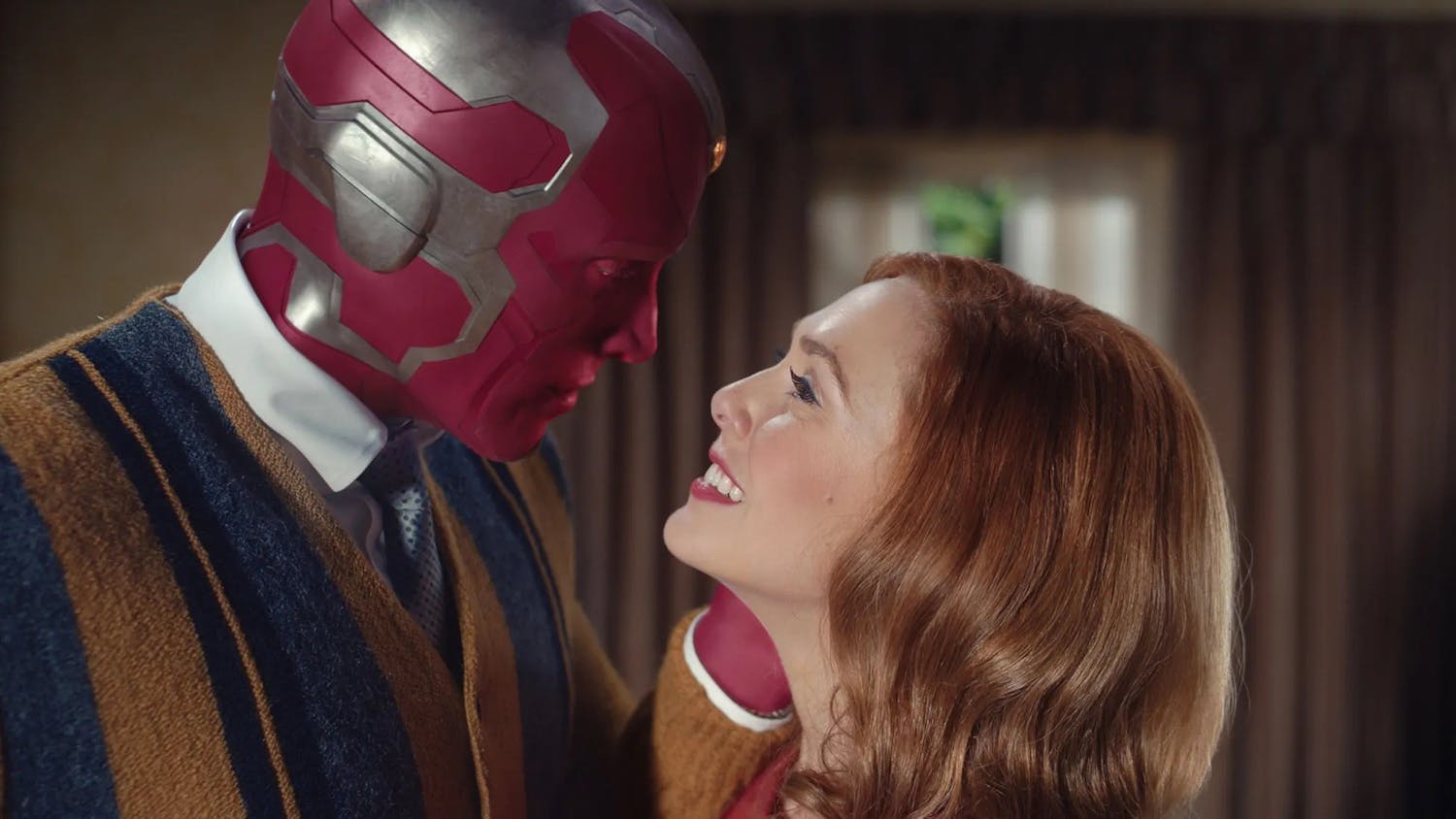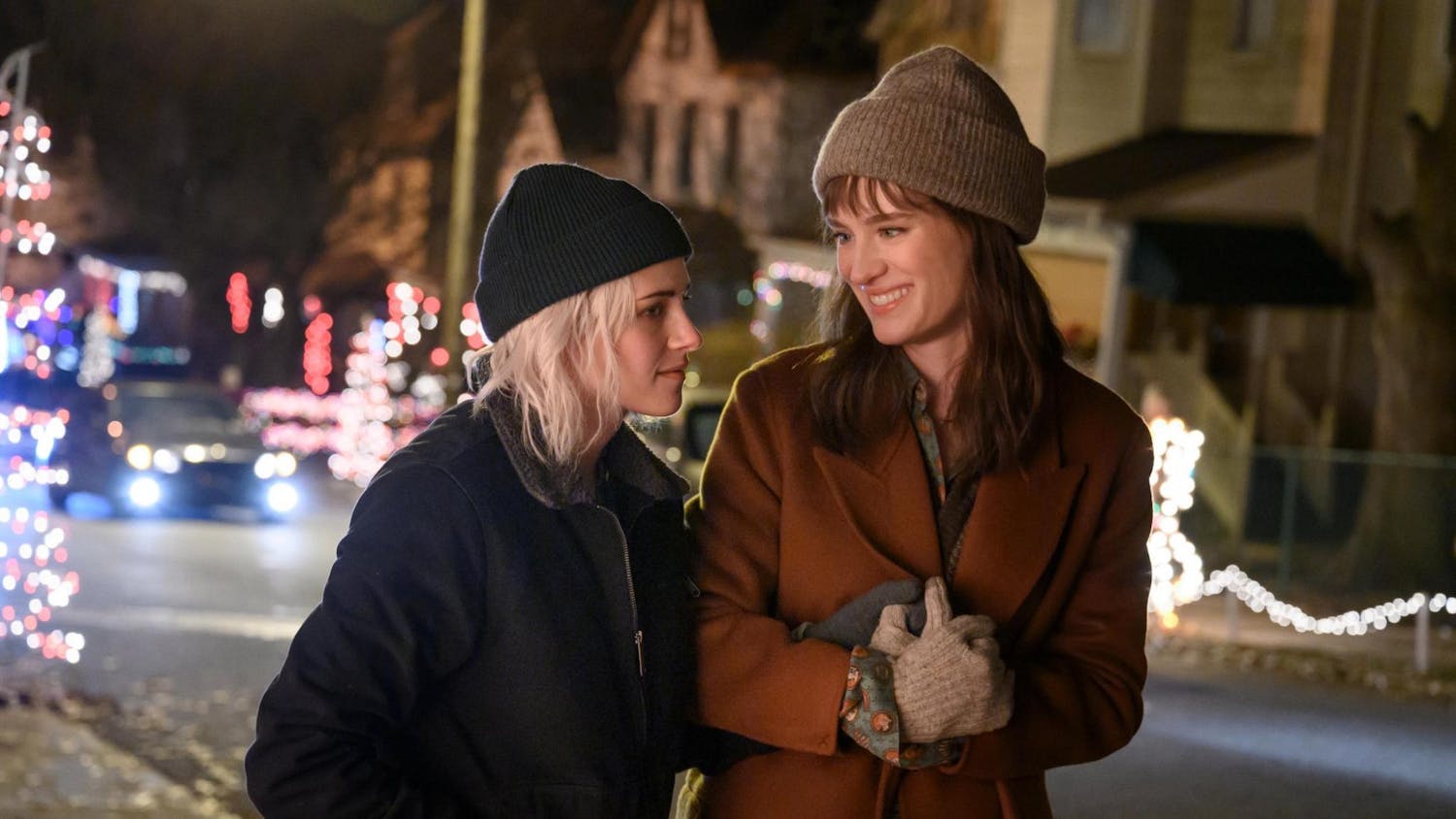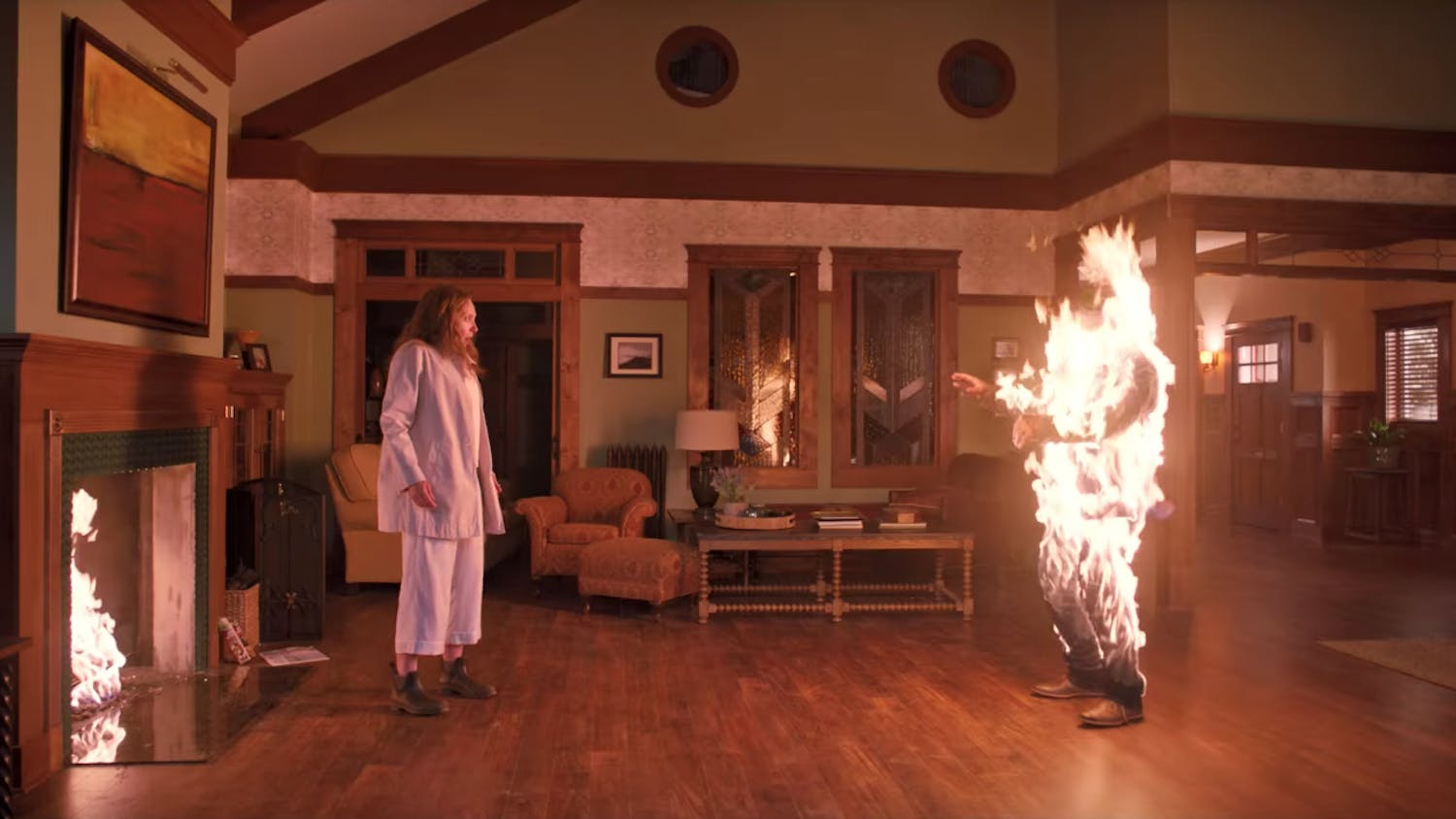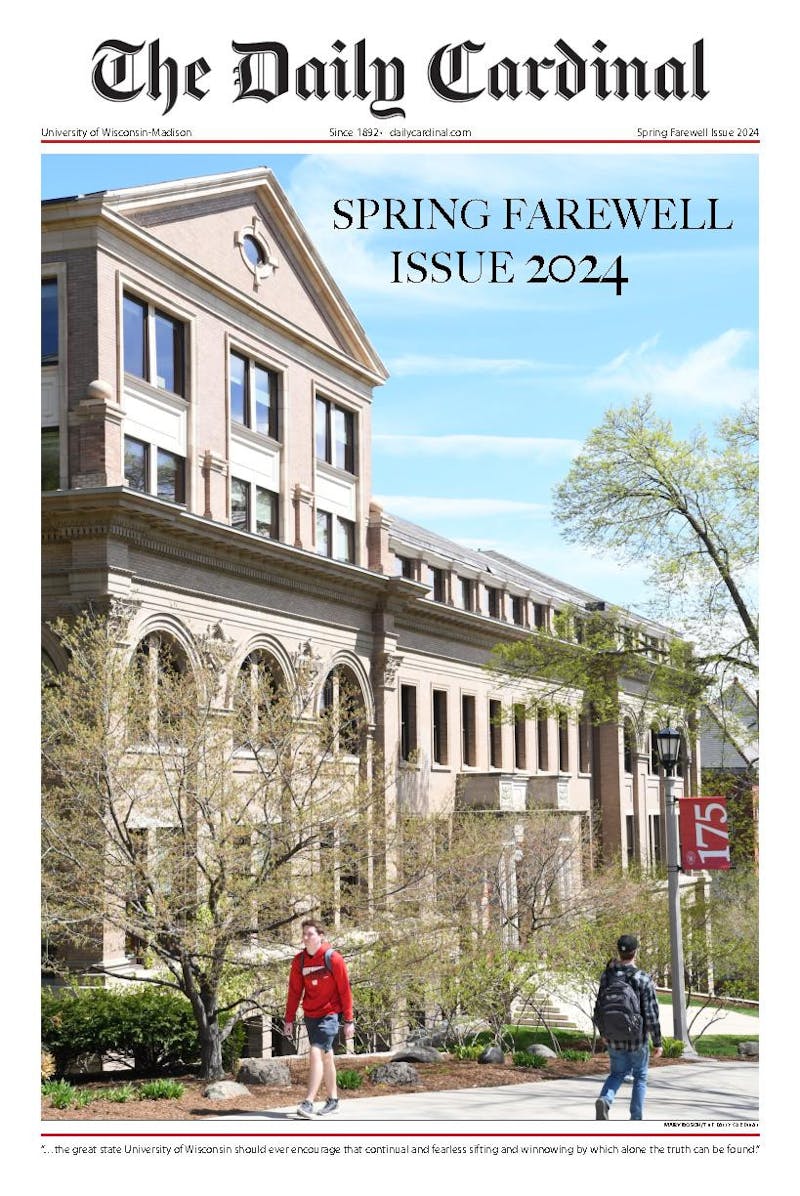It’s sort of unfair to call “The Cabin in the Woods” a horror movie. Sure, there are residual scraps of horror scattered throughout—blood is shed en masse (more often than not in absurd doses) and psychobilly zombies provide cheap pop-up scares—but there’s a lot more to it.
The movie is a horror film in the same way that “Buffy the Vampire Slayer” or “Shaun of the Dead” were horror films; the conventions are there, but the modus operandi is subversion and satire. “It’s basically a very loving hate letter [to the horror genre],” writer Joss Whedon (yes, that Joss Whedon) noted—and once you get that into your head the film blooms in unimaginable ways.
Anyone walking in with the expectation of traditional horror, though (as they surely will, since early trailers for the film have all but eschewed the satire in favor of the standard ‘teenagers-lost-in-the-woods’ elements) will certainly be disappointed with “The Cabin in the Woods.”
There’s more laughs to be had than scares by a wide stretch (think the time-honored king of black comedy, “Evil Dead 2,” or “Drag Me to Hell”), but that’s far from a condemnation—quite the opposite, in fact. “Cabin in the Woods” is likely the best “horror” movie I’ve seen since the equally self-aware “Behind the Mask: The Rise of Leslie Vernon” or the genuinely terrifying “Blair Witch Project.”
After a bizarre intro featuring two wisecracking government officials (played with gusto by “Six Feet Under”’s”Richard Jenkins and “The West Wing”’s Bradley Whitford) and a slammed-in title-card (think “Funny Games” or basically any 70s slasher flick), the film jumps straight to the familiar conventions; the cute virgin survivor-girl Dana, her hot blonde friend Jules and Jules’ dumb-jock boyfriend Curt talk about going out to the titular cabin to get wrecked and have a totally legendary weekend.
Except, uh, main character Dana isn’t a virgin, she’s just gotten out of a liaison with one of her professors. And Jules isn’t a dumb blonde or a slut, she’s a med student with a committed boyfriend. Curt isn’t the idiot jock, either—he’s an academic straight-shooter and a passive, genuinely nice guy.
What the hell is going on here?
From the moment the kinetic dialog starts up (thank you, Based Whedon), it’s virtually impossible not to notice the film is veering in an unanticipated direction.
Thankfully, the movie doesn’t waste any time with plot twists—it’s revealed pretty early that the main cast (rounded off by “scholar” Holden and “fool” Marty, who absolutely steals the show) have been manipulated into converging at the cabin for some kind of ritual.
Deep underground, Jenkins and Whitford’s characters (the government officials) pull the strings on their puppets, staging a DIY, real-life monster/slasher flick and working towards some grand, darker purpose—all the while cracking jokes with co-workers, drinking and generally ignoring the fact that they’ve led five kids to their deaths (which, personally, I find to be the real horror of the film).
As the film plays out, it becomes more and more apparent the whole thing’s a deconstruction of contemporary horror—conventions are addressed, impossibilities and ridiculous coincidences are explained, and the film’s final act is an explosion of absurdity and gore unlike any seen in recent memory. Like Joss said, it’s a hate letter to the mold of horror, but it’s a loving one, and both impossibly clever and impossibly entertaining.
The only problem with the film is its potential inaccessibility to people not versed in horror.
Joss Whedon is undeniably a nerd—a walking encyclopedia of genre tropes—and for the most part this has served him well in his writing. Anyone who’s ever seen a slasher flick will giggle as Curt, after being gassed, suggests “wait, we should split up” (to which Marty offers and incredulous “...really?”)—that kind of humor is universal. But the deeper references to film theory are sure to be lost on anyone who isn’t a horror junkie.
Unlike its spiritual (and overly-referenced movie in this article) kin, “Behind the Mask,” the film doesn’t hold viewers’ hands or bless them with a lexicon of “industry” terms; at its heart, “Cabin in the Woods” is a film made by a fan for the fans. And even if you aren’t partial to the horror genre walking in, you might just walk out converted.





